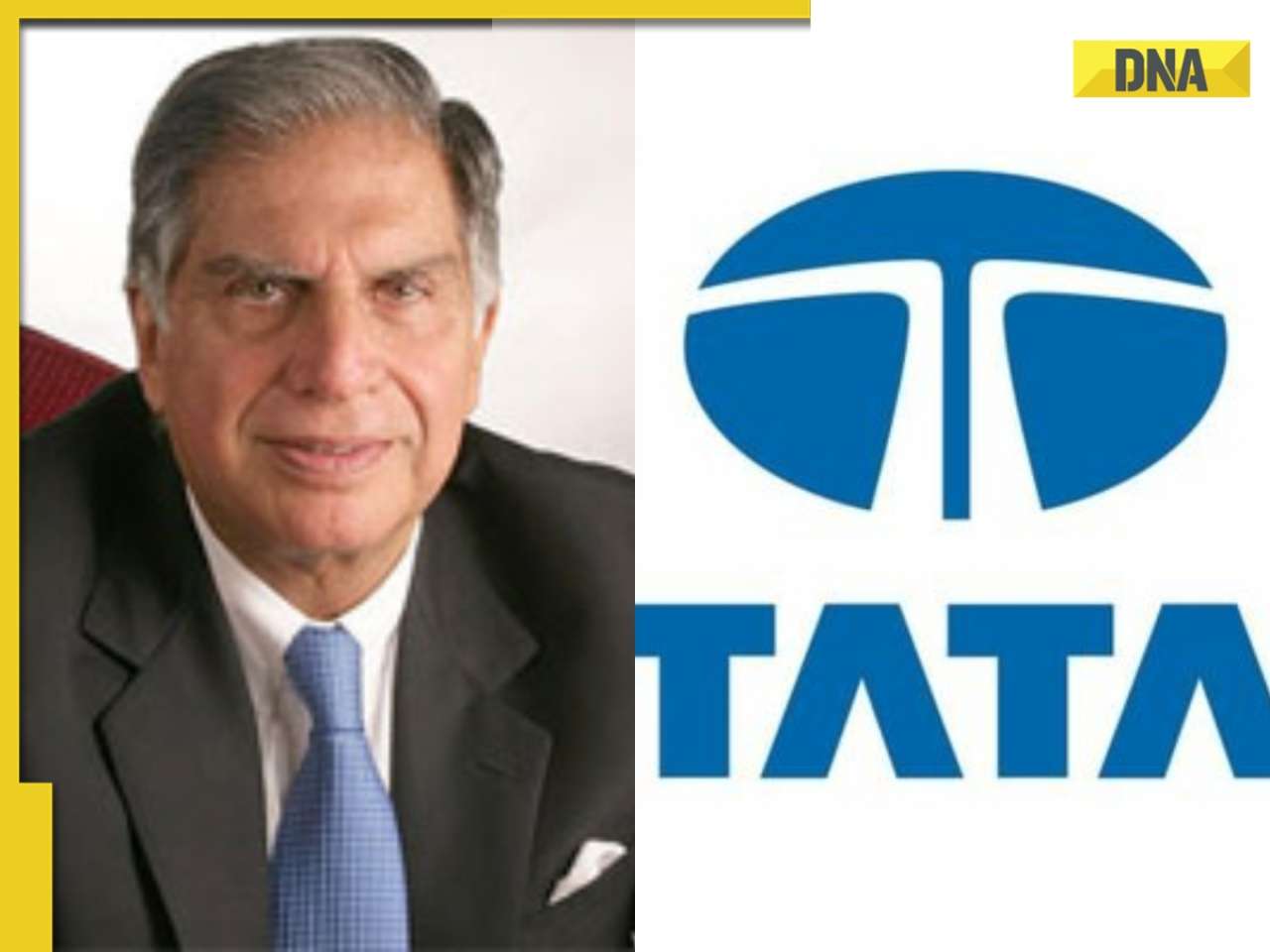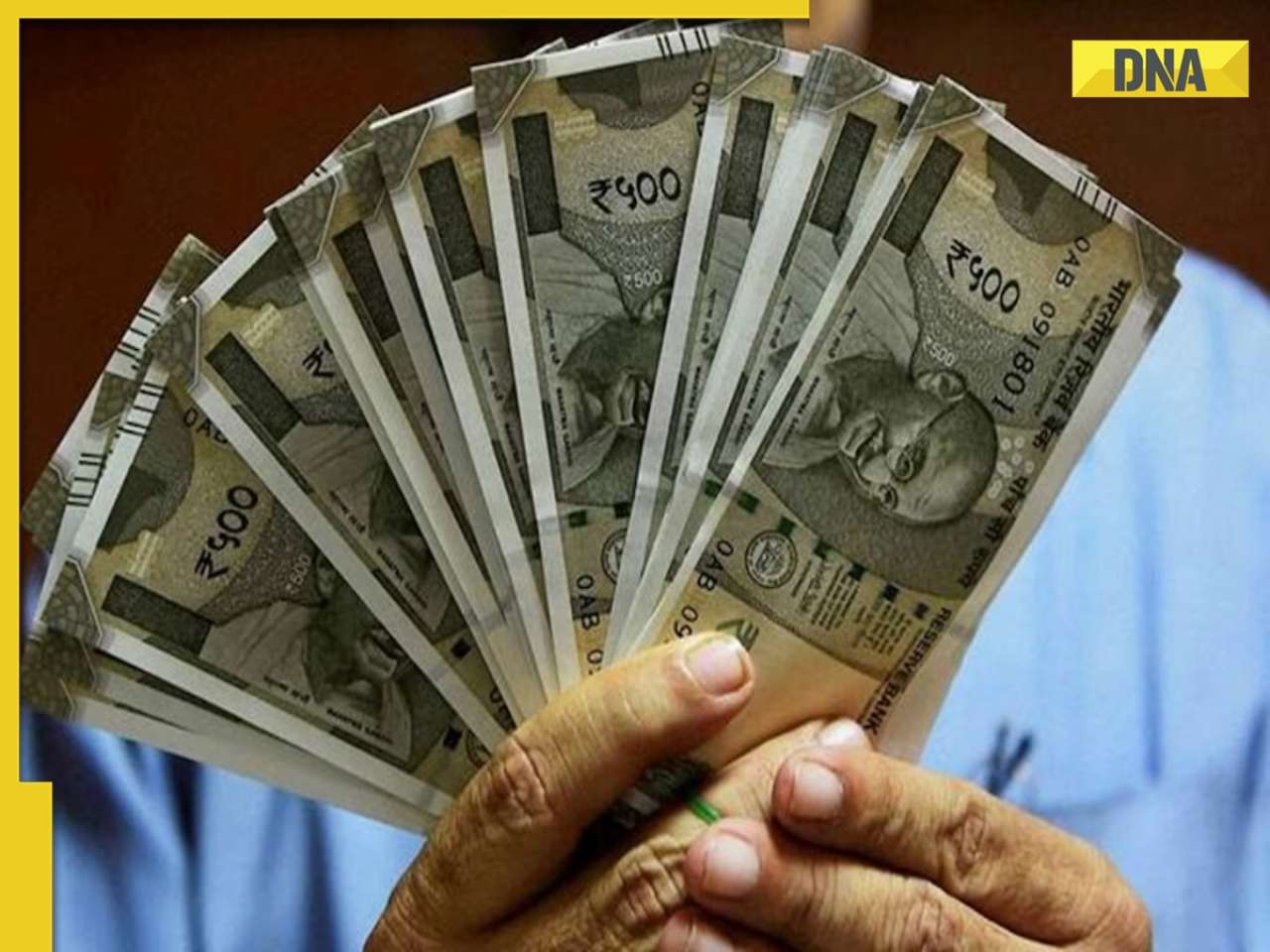- LATEST
- WEBSTORY
- TRENDING
BUSINESS
That four-letter word called risk -II
Returns, risks, liquidity and tax efficiency are the four factors that one would consider before any investment.
TRENDING NOW
Know thy Alpha, Beta and Rho before investing
The first part of this article familiarised readers with different kinds of investment risks, whether in debt or equity. This time, let’s see how we can try and quantify this otherwise seemingly unquantifiable idea of ‘risk’.
Just to reiterate, returns, risks, liquidity and tax efficiency are the four factors that one would consider before any investment. The problem is that three of these — returns, liquidity and tax efficiency — are measurable in terms of numbers. In other words, you know what the return of an investment has been in the past, how liquid it is and whether any tax can be saved if you invest.
However, risk is one factor which is subjective and you cannot immediately allocate a number to it. And why is this important? Well, it would be an understatement to say that the equity markets have become extremely volatile. Some time ago, the market was at an all-time peak. And everyone expected it to go up. And just when investors were thanking their stars, the much-feared correction started taking place.
Barely had one caught one’s breath when the market turned around and went past its previous high. Going ahead, would the Sensex go up or down? This is future and no one has seen it. At best, people are making educated guesses. In other words, is the market too risky to enter at this stage or is the risk in line with expected returns? As an investor, what should you do in such a situation?
The best thing to do is to listen to others and take your own decisions after doing your homework. So, let us try and understand how to measure risk. Once you know this, then you don’t have to depend on others —- you can take a decision depending upon your risk profile.
Modern Portfolio Theory
This theory helps us in measuring risk. The first parameter to measure risk is known as Standard Deviation (SD). Don’t worry how to calculate it etc. These figures are given, you just have to know how to read and interpret them. For any given expected rate of return (mean of probability distribution), the investor would like to have a minimum deviation around the mean. This risk is the uncertainty of variability of returns, best measured by the SD of expected returns about the mean.
If we assume that a particular security will return the average, of say, its last 5 years, the SD tells us the probability and extent to which the actual return would vary from the mean. In other words, it measures the risk of the investment by calculating how much the actual return may deviate from the mean return.
What does standard deviation signify?
Standard deviation (SD) is used more than any other measure to quantify the risk of a security or a portfolio of securities. It is a scientifically proven fact that 67% of the population lies within the range ± 1s (the symbol for SD being s) around the mean, 95% lies within ±2s and 99% within ±3s.
Hence, once s of a portfolio is known, the investor has a very good idea of the risk of his earning a rate of return that differs from the expectation and the probability associated with it. SD quantifies risk by focusing attention on the time horizon. The expectation for a one-year period is not necessarily the same for a 5-year period. This is the most welcome aspect, since investors do have different short-, medium- or long-term horizons.
With this concept of risk and risk aversion, the investor should strive to build a portfolio that has the expected rate of returns with minimum expected deviations by diversifying his security selection, choosing either different kinds of securities of different companies.
The long and short of it is that higher the SD, higher the risk and vice-versa. So, next time you intend to buy an equity MF scheme or a share, determine the SD from the broker or the agent. If he doesn’t know, ask him to find out. Most of the websites and databases like Reuters and Bloomberg have these figures.
However, SD, in a standalone mode has a severe drawback. It is an absolute measure and it suffers from not having a benchmark reference point. A low SD may be attractive but not sufficient to make the investment decision. Common sense dictates that as an investor you need to know how your chosen security has performed vis-a-vis other securities, say the Sensex or the sectoral index.
For example, say, the SD of a scrip is extremely low. It tells you that returns from the scrip are pretty steady. However, if the average return of that scrip is extremely poor as compared to its peer group, (this fact the SD does not reveal), it may not make much financial sense to invest in that particular scrip. Hence, in addition to SD, this time we shall look at the other commonly used measures —- Beta and related measures, Alpha and Rho.
Beta
Beta captures systematic risk — risk common to the entire economic system —- the market. Macro economists call this business-cycle risk. Unlike SD , it measures the volatility of a security relative to a benchmark index. This tells the investor how volatile the returns on his scrip are, as compared to the broad market index that he operates in.
However, it is very important to select the appropriate benchmark. To determine the beta of any security, you’ll need to know the returns of the security and those of the benchmark index you are using for the same period. Using a graph, plot market returns on the X-axis and the returns for the stock over the same period on the Y-axis.
Upon plotting all the monthly returns for the selected time period (usually one year), we draw a best-fit line that comes the closest to all of the points. This line is called the regression line.
Beta is the slope of this regression line. The steeper the slope, the more the systematic risk, the shallower the slope, the less exposed the firm is to the market factor. In fact, the coefficient (Beta) quantifies the expected return for the stock, depending upon the actual return of the market.
Beta is fairly easy to interpret. It measures the sensitivity of the returns of a security to the market movements. The beta of the index is always 1. A beta higher than 1 means the stock or the fund is more volatile than the benchmark index, while a beta of less than 1 means the security is less volatile than the index.
A negative beta indicates that the returns on the security move in an opposite direction to that of the index. For example, say the beta of a particular scrip is 1.08. We interpret the result as, for every unit movement in the market index, our scrip moves by 1.08 units.
In other words, our scrip is slightly more volatile than the broad market. Stocks that rise and drop dramatically as compared to the market are those with high Betas. Typically, Betas tend to be related to the industry. Technology, for instance, is a high beta industry. On the other hand, FMCG or pharmaceuticals is a low-beta industry.
Alpha
Alpha is the point at which the regression line crosses the Y-axis. It represents the average return produced by the stock, independent of the market. Suppose, the Alpha is 1% and Beta is 1.5%. If the market’s average return for a particular month was 2%, Beta will give you the value of expected return as 3% ( 2% x Beta of 1.5%). To this we add Alpha and we get the most likely average return on the stock that month as 4%.
Rho
It is obvious that the relationship between the returns on the stock and the returns on the market are not perfectly consistent for each and every month. If they were, all the points would fall on the line of regression. But they do not. Also, the efficacy of Beta comes into play only when calculated against a relevant benchmark.
For example, if you measure the slope of returns on real estate against a bond index, you are sure to get an extremely low Beta. Does this mean real estate is a safe investment? Definitely not. The only reason we get a low Beta is because the prices of the two sets of investments have not much correlation with each other.
So, Beta is relevant only if the benchmark index is relevant. How do we know this? Statisticians have developed a measure Rho, which is the correlation coefficient. It indicates the extent to which individual observations deviate from this line of relationship. Rho lies between +1 and -1.
A value of +1 would indicate perfect correlation, meaning thereby that our predictions are most accurate and when one parameter increases, the other also increases and vice-versa. Similarly, a value of -1 would also yield most accurate predictions but when one increases, the other decreases and vice-versa. Correlation value of zero means no correlation whatsoever.
To Conclude
Use these tools to arrive at an educated decision before investing. Don’t invest merely based on tips. Even if intend to act on a tip, take time to ascertain the values of the above mentioned parameters as they throw light upon how the scrip has moved historically. You will see, over time, your investment mistakes would have reduced considerably.(Concluded)







)
)
)
)
)
)
)
)
)
)
)
)
)
)
)
)






























































